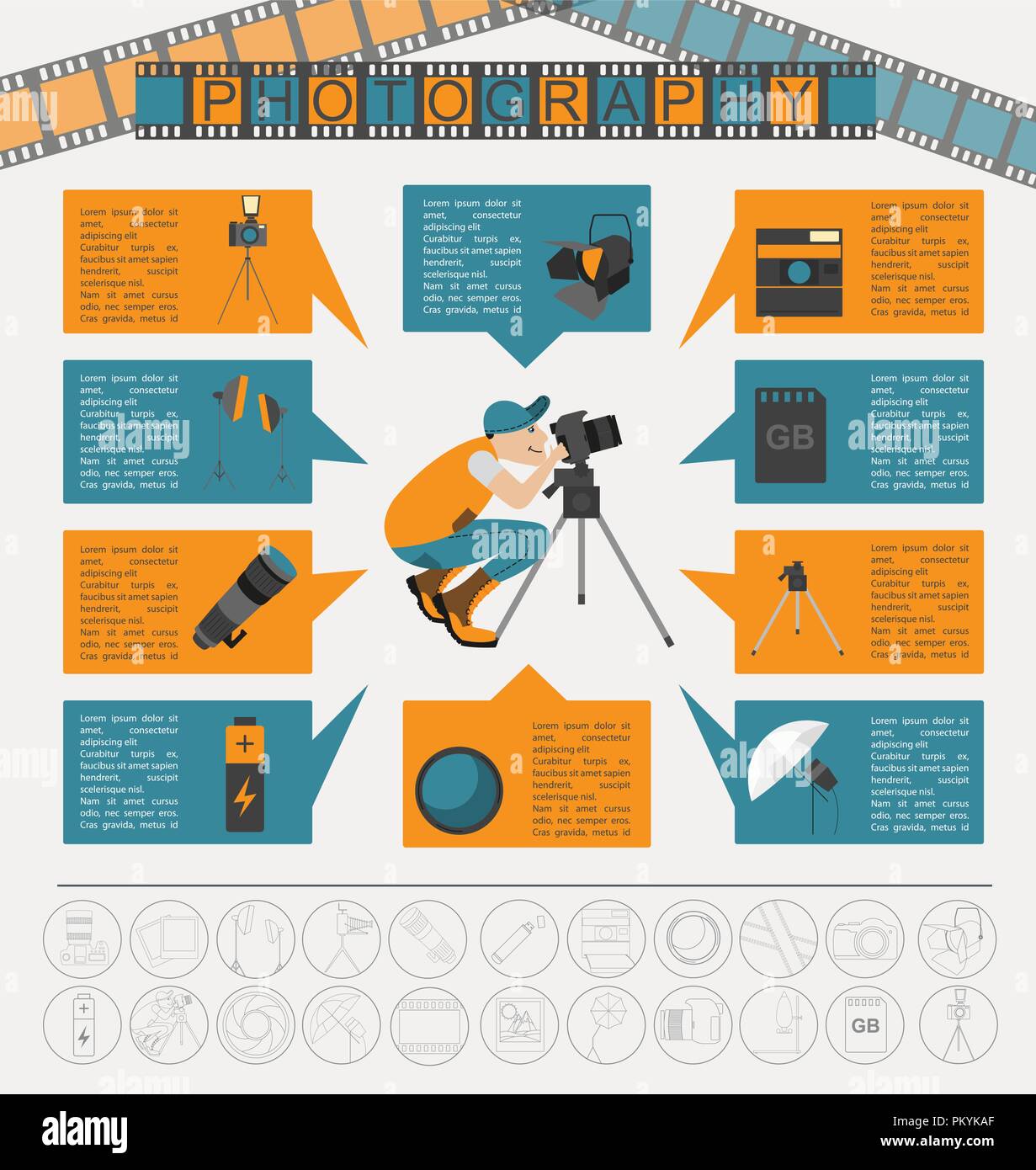Understanding Composition: The Fundamentals Every Professional Photographer Ought To Know
Understanding Composition: The Fundamentals Every Professional Photographer Ought To Know
Blog Article
Web Content Develop By-Putnam House
When you get your electronic camera, recognizing the basics of structure can substantially raise your digital photography. copyright photography like the Policy of Thirds, Leading Lines, and efficient framing aren't just guidelines; they're essential devices that can change your photos from ordinary to exciting. By mastering these principles, you'll find yourself catching not just photos, however tales that resonate. But what occurs when you begin flexing these policies? Exploring that can result in unforeseen and effective cause your job.
The Policy of Thirds
One of the most vital concepts in digital photography is the Rule of Thirds. This method aids you develop balanced and engaging structures, drawing the visitor's eye to one of the most important elements in your image.
Imagine separating your structure into a grid of 9 equal get rid of two horizontal and 2 upright lines. By positioning your subject along these lines or at their crossways, you normally enhance your image's visual allure.
As opposed to centering your topic, try placing it off to one side. This technique presents space and context, enabling audiences to check out the surrounding area.
For landscapes, put the perspective along the top or bottom third line, highlighting either the skies or the land.
When you're capturing pictures, align the topic's eyes along the leading third line for a more dynamic appearance.
Try out the Guideline of Thirds will result in even more engaging and professional-looking photos.
Leading Lines
Use the power of leading lines to direct your audience's eye with the structure and produce a feeling of deepness in your photography.
Leading lines are natural or man-made aspects that draw attention and lead the audience's gaze towards the major topic. They can be anything from roads, rivers, fences, and even darkness.
When you include leading lines, consider how they can improve your structure. Beginning by determining strong lines in your scene.
you can look here on your own to utilize these lines properly, ensuring they lead to your focal point. As an example, a path leading into a landscape can stimulate a sense of trip and invite the viewer to check out the scene.
Try out various angles and point of views. Often, capturing from a reduced angle can create even more dynamic leading lines, while a greater viewpoint can supply a wider context.
Framework and Equilibrium
Framework and equilibrium play important roles in creating visually compelling photos. When you mount your topic, you're basically developing a boundary that attracts the visitor's eye straight to the centerpiece. You can use natural elements like branches, entrances, or home windows to accomplish this impact.
Don't take too lightly the power of framework; it adds deepness and context, making your picture more interesting.
Equilibrium, on the other hand, guarantees that your composition feels secure and unified. You can attain equilibrium via proportion or by distributing aesthetic weight uniformly across the structure. If you put a big topic on one side, think about adding smaller sized aspects on the opposite side to counterbalance it.
This strategy stops your picture from feeling uneven and develops a sense of efficiency.
Experiment with both framing and equilibrium in your digital photography. Take several shots from various angles, readjusting how you mount your subject and just how you disperse aspects within the scene.
As you technique, you'll develop an instinctive understanding of just how to create make-ups that reverberate with customers and stimulate emotion. Bear in mind, understanding these components can change a common picture into a striking masterpiece.
Verdict
By understanding composition techniques like the Regulation of Thirds, Leading Lines, and Framing, you can raise your photography to new heights. These concepts help you create balanced, interesting pictures that draw visitors in and inform engaging tales. Bear in mind to experiment and trust your impulses as you exercise these basics. With time and devotion, you'll change regular shots right into imaginative expressions that genuinely reverberate with your target market. Maintain shooting, and allow your imagination luster!
